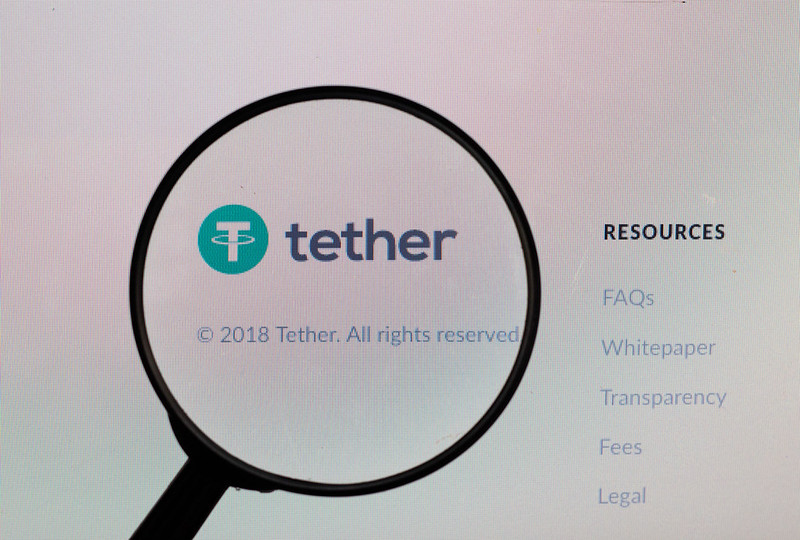On January 7, 2020, Tether conducted a 15 million USDT exchange across blockchains, from Ethereum to Liquid, a sidechain of Blockstream.
Liquid now offers confidential assets, which will still allow viewers to see the sender and receiver of a particular transaction, but not what is being traded (cryptocurrencies, gold, stocks, etc.), or how much is being traded. This differs from the traditional blockchains, that is entirely transparent and publically record all the information about a transaction. The concept of confidential assets was first brought to public attention in 2017 through a research paper when bitcoin researchers derived a mathematical formula that could hide the value of transactions, while still proving that the coins do exist.
Wider implications
What this means on a broader scale, is that this technology may lead to a future of increased privacy surrounding digital trading. Confidential assets can be used in particular to prevent what is known as “front running.” This term refers to people capitalizing on a significant transaction that is not yet public knowledge. Such a significant operation would affect the price of the product and those who engage in front running personally benefit, although this is seen as market manipulation. Many people currently rely on the transparent nature of cryptocurrency transactions to trade for their gain, allowing them to get in and drive the price up or down, reducing the ability for others to capitalize fairly.
These large transactions, also known as “whales,” are tracked by several apps, including the most popular and aptly-titled Whale Alert. It is with help from these services that investors can track these large transactions, and make their favorable investments before the rest of the public. Creating a level of privacy regarding whale transactions would prevent others from being able to take advantage.
Although Bitcoin has the largest value of all cryptocurrencies, Tether accounts for the majority of the daily trading volume. Therefore this new development is set to potentially create a massive shift in the way that cryptocurrency is traded. It is also likely to further increase the interest in Tether over other stablecoin alternatives.
Primary switch to new blockchain likely for Tether
It seems plausible that Liquid will become the most popular blockchain for Tether, given the company’s history of migration. Tether currently operates on many different blockchains; the most popular include ethereum, Tron, and Omni. This would not be the first time that public favor has shifted drastically – last year ethereum overtook Omni as the blockchain with the largest amount of coins issued, in just eight months. USDT issued on ethereum went from 60 million to 400 million in April 2019 alone, and since then has grown to over 2.3 billion. This new advantage of privacy on Liquid may indicate the beginning of a significant shift to the blockchain, away from these currently-popular alternatives.


